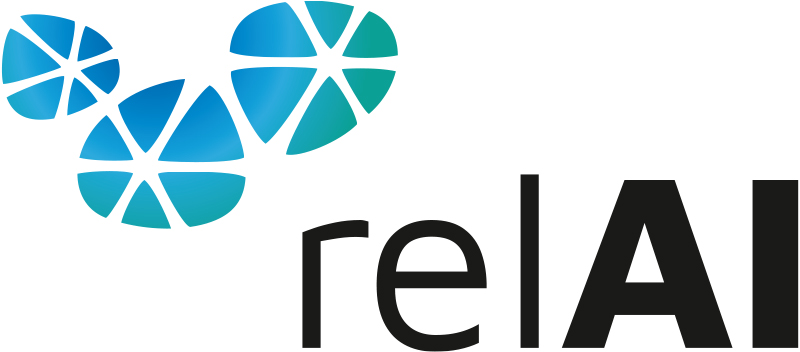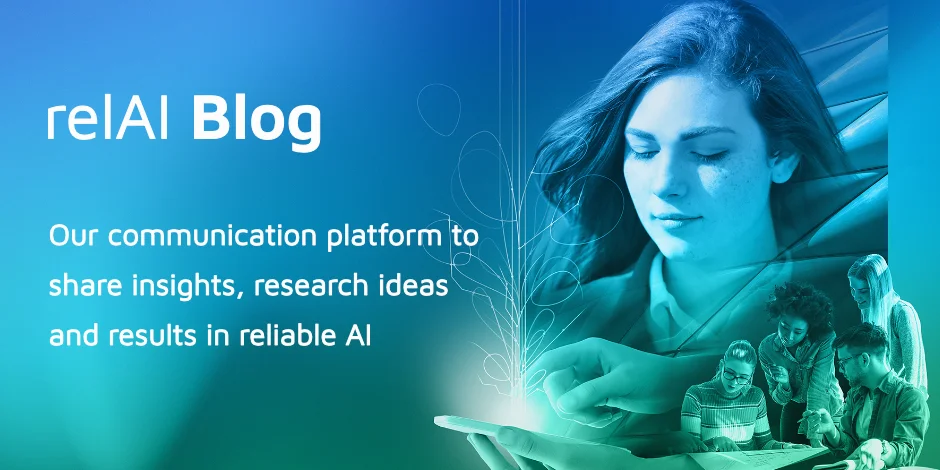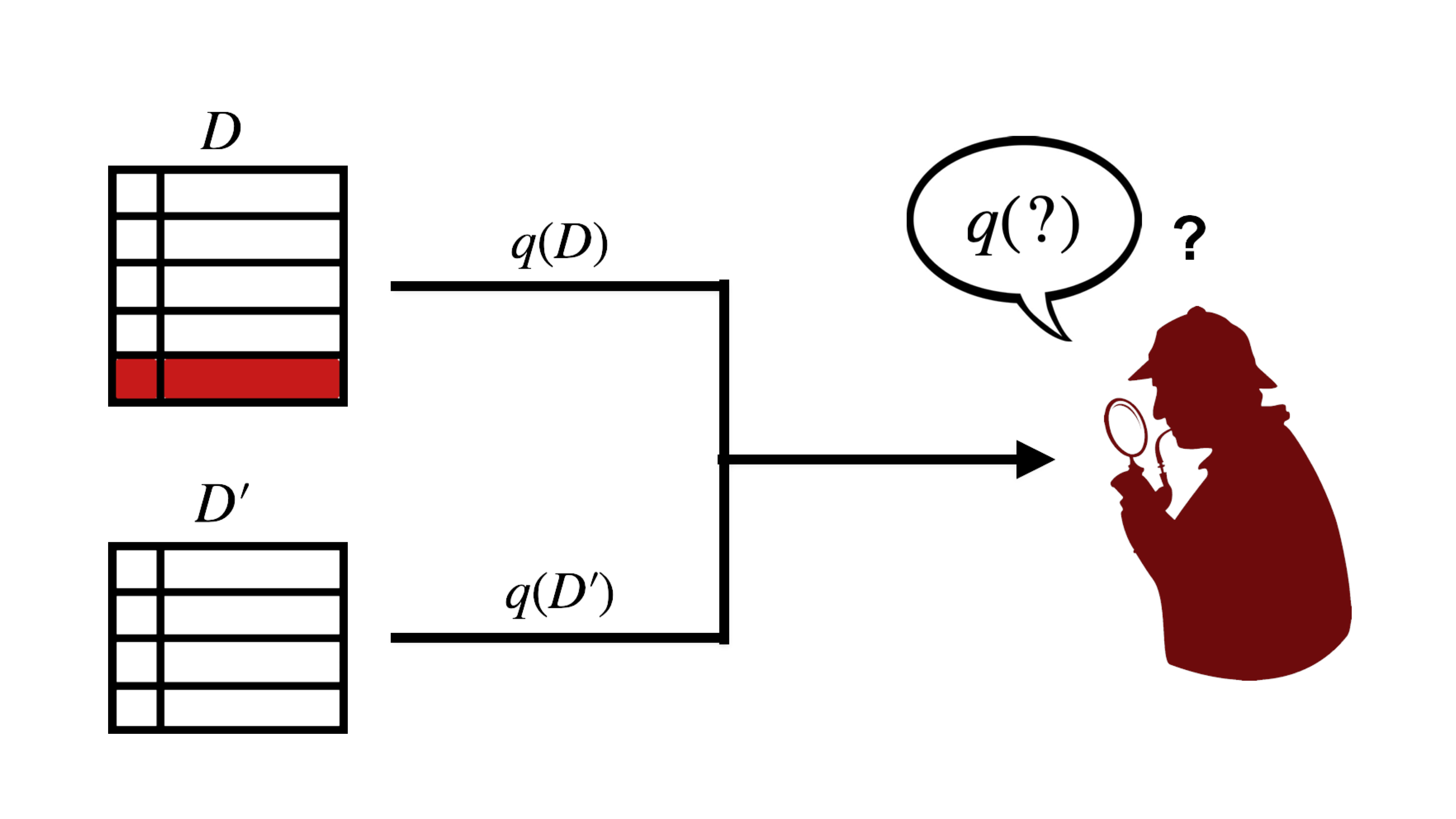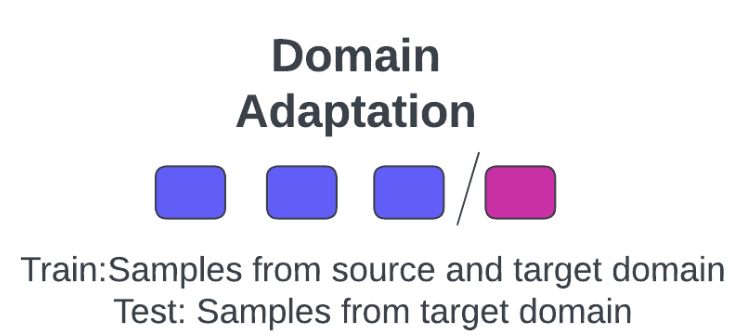Welcome to the relAI blog of the Konrad Zuse School of Excellence in Reliable AI (relAI). This blog will serve as a platform to share cutting-edge research and developments from our school, highlighting the significant strides we are making towards making AI systems safer, more trustworthy, and privacy-preserving. The vision of the relAI program is to train future generations of AI experts, who for the first time combine technical brilliance with awareness of the importance of AI’s reliability.
With our posts we are aiming to reach academics, industry professionals and the general public, as we believe communicating recent advances in AI from within the school is of crucial importance. Besides showcasing our research, the relAI blog will also feature experiences from our students enrolled in the program.
Enjoy reading!!!







